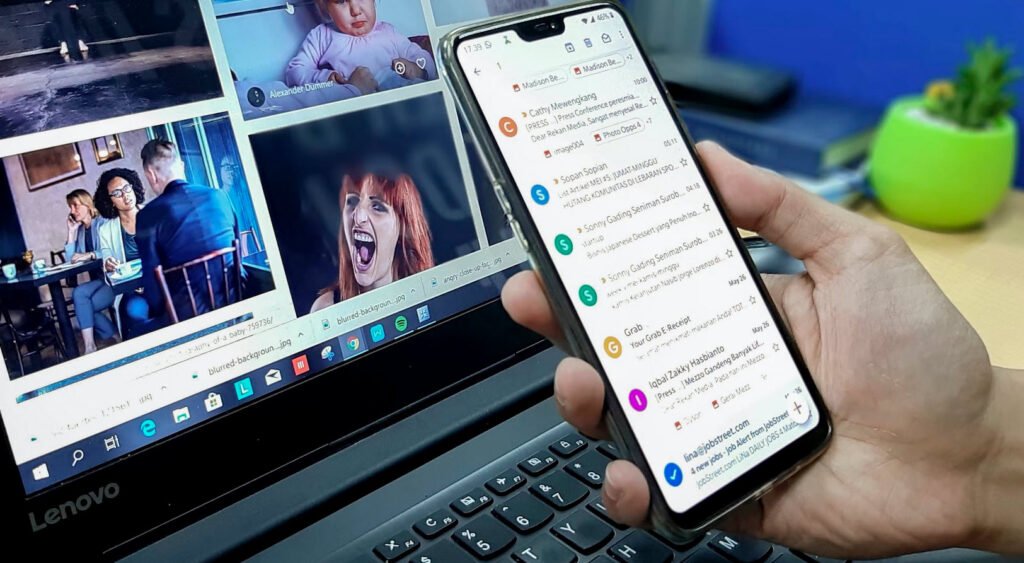
The TOEIC (Test of English for International Communication) is an English language proficiency test designed to assess the English language skills of non-native speakers in a business or professional context. The test is widely used by organizations around the world to evaluate the English language skills of job candidates, employees, and students.
The TOEIC test consists of two parts: the TOEIC Listening and Reading Test and the TOEIC Speaking and Writing Test. The TOEIC Listening and Reading Test is a paper-and-pencil test that consists of multiple-choice questions, while the TOEIC Speaking and Writing Test is a computer-based test that consists of spoken and written responses to prompts.
The test is designed to measure a wide range of English language skills, including listening comprehension, reading comprehension, speaking ability, and writing ability. Overall, the TOEIC is a widely recognized and respected English language proficiency test that is used by organizations around the world to evaluate the English language skills of non-native speakers.
Q&A Topic: Email Do’s and Don’t’s
Email is a method of electronic communication that allows individuals to send and receive messages and attachments over the internet. It is a quick and convenient way to communicate with others and is widely used in both personal and professional settings.
To use email, you need an email address and an email client, which is a program or service that allows you to send, receive, and organize your emails. Some examples of email clients include Microsoft Outlook, Gmail, and Apple Mail.
When sending an email, you can include a subject line, which gives the recipient an idea of what the email is about, as well as a message body, which is the main content of the email. You can also include attachments, such as documents or images, with your email.
Email has many benefits, including the ability to communicate with people around the world, the ability to send and receive information quickly, and the ability to easily store and organize messages. However, it is important to use email responsibly and follow appropriate etiquette to ensure effective communication.
Here are some do’s and don’ts for email communication:
DO:
- Use a clear, concise subject line that accurately reflects the content of the email.
- Use proper grammar and spelling.
- Use bullet points or numbered lists to organize information.
- Keep emails brief and to the point.
- Use a professional tone and avoid using slang or casual language.
- Use appropriate formatting, such as bold or italicized text, to highlight important information.
- Use a professional signature with your name, title, and contact information.
- Use a polite closing, such as “Sincerely,” and include your name.
- Use a professional font and font size.
- Use a spell checker to catch any mistakes.
DON’T:
- Use all capital letters, as this can come across as shouting.
- Use emoticons or excessive exclamation points.
- Send emails when you are angry or upset, as it can be difficult to convey tone in writing.
- Use slang or casual language.
- Include sensitive or confidential information in the email.
- Send large attachments without checking with the recipient first.
- Forward chain emails or spam.
- By following these do’s and don’ts, you can help ensure that your emails are professional and effective at conveying your message.
Here are some questions that can help you to clear the TOEIC exam:
Q1 Joan Lloyd, of Joan Lloyd & Associates, writes that email is a medium of communication ___________ for sheer convenience.
(a) uncompared
(b) undivided
(c) unequal
(d) unparalleled
Answer: (d) unparalleled
Q2 However, she warns that it also carries many ___________ and even dangers in the office environment.
(a) deadfalls
(b) freefalls
(c) pitfalls
(d) pratfalls
Answer: (c) pitfalls
Q3 Delivering a negative message is difficult, even when it is spoken face-to-face; ___________ is almost guaranteed when it’s received by email.
(a) decisiveness
(b) defensiveness
(c) derisiveness
(d) discursiveness
Answer: (b) defensiveness
Q4 What’s worse, email can be printed and saved: both parties will often haul out their “documentation” to prove how the other party has ___________ them.
(a) decried
(b) missed
(c) reviled
(d) wronged
Answer: (d) wronged
Q5 If you receive an email that ___________ you off, and your first reaction is to counterattack, don’t; close it and wait 24 hours before you respond.
(a) checks
(b) fires
(c) seizes
(d) ticks
Answer: (d) ticks
Q6 Because the tone and ___________ are missing, it is more important to use friendly language, descriptive adjectives and carefully chosen words.
(a) inflection
(b) intention
(c) reflection
(d) retraction
Answer: (a) inflection
Q7 If you don’t consider how it will sound on the other end and take steps to shape the delivery so the meaning is understood, you could be doing ___________ control later.
(a) communication
(b) courtesy
(c) damage
(d) passion
Answer: (c) damage
Q8 When I get a sloppy email, with poor punctuation, misspelled words or in lower case letters, it tells me the person just doesn’t realize that what and how they write ___________ their credibility to others.
(a) denies
(b) exaggerates
(c) telegraphs
(d) underlines
Answer: (c) telegraphs
Q9 Email feels private, but it’s anything ___________
(a) at all
(b) available
(c) but
(d) public
Answer: (c) but
Q10 Write every email for your boss’s eyes: it’s a great way to keep you honest and ___________ sensitive.
(a) politically
(b) positively
(c) practically
(d) probably
Answer: (a) politically









This Post Has One Comment